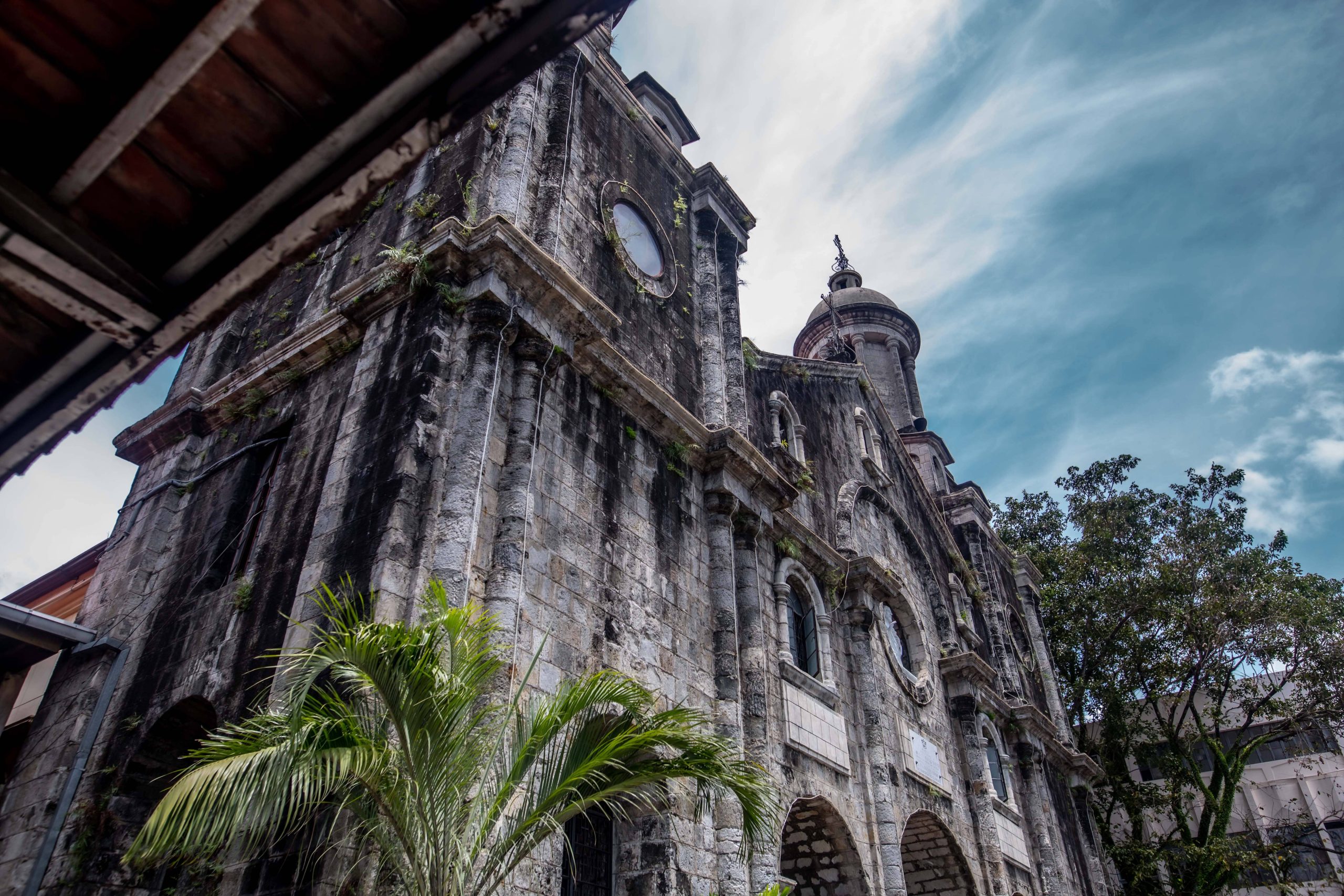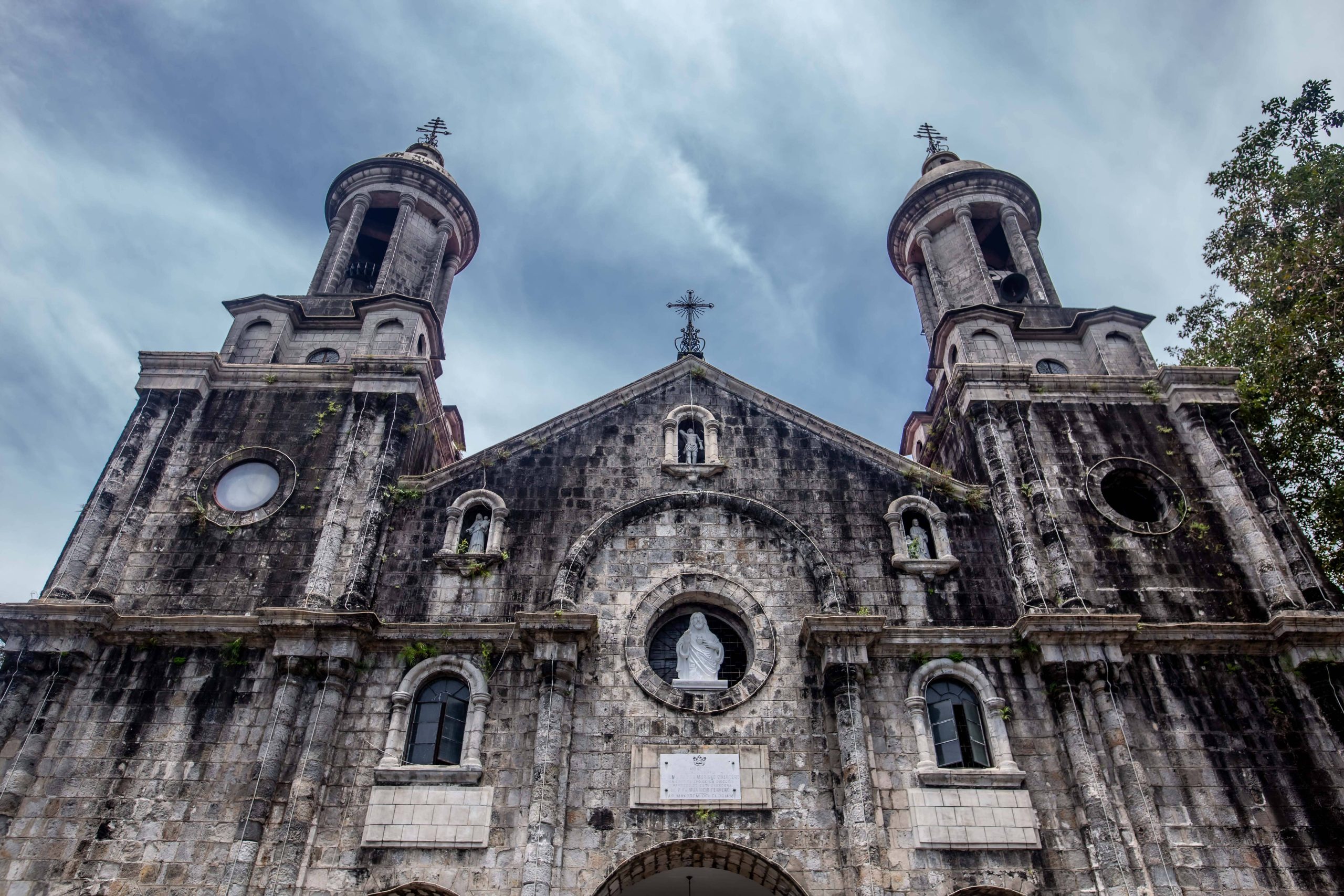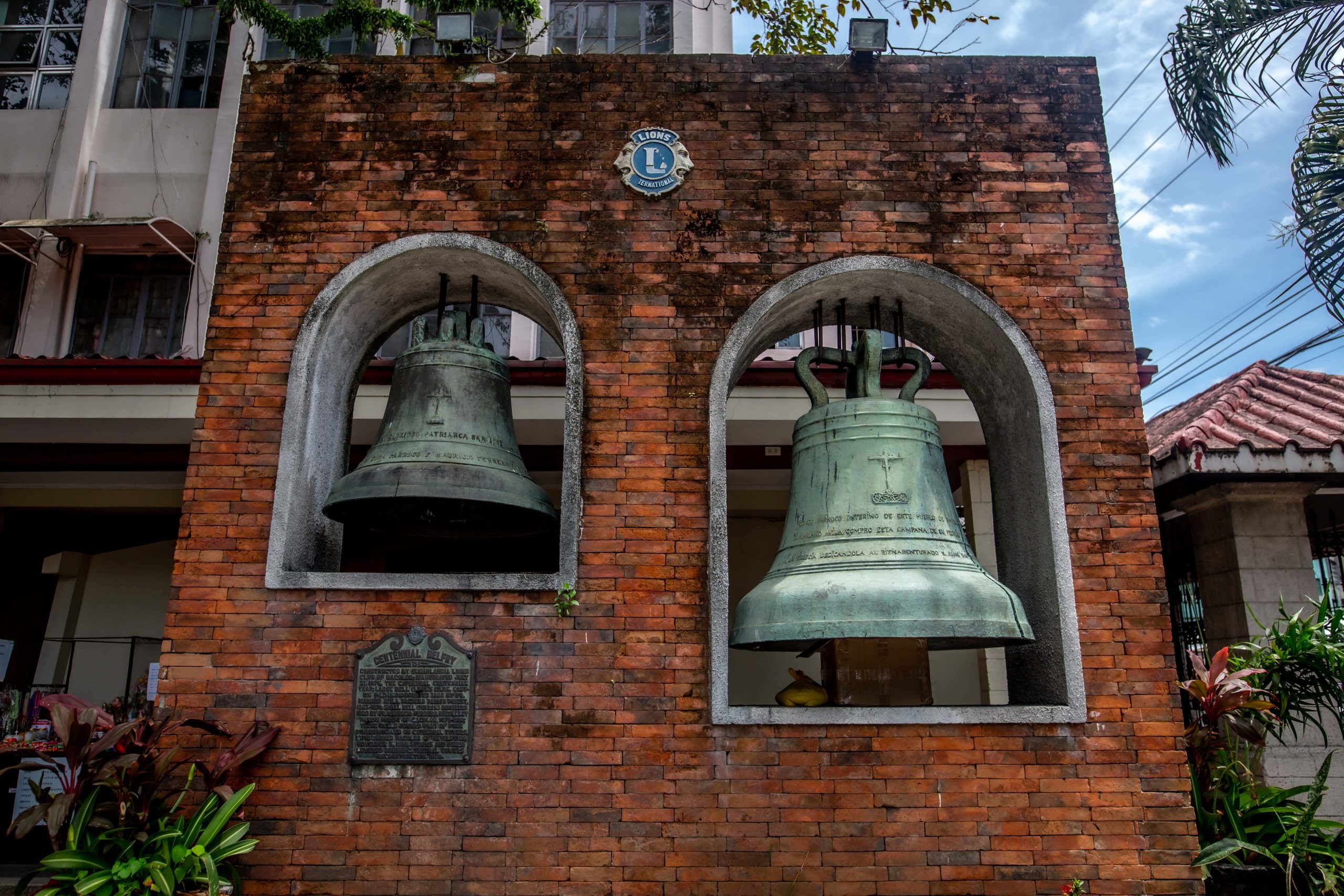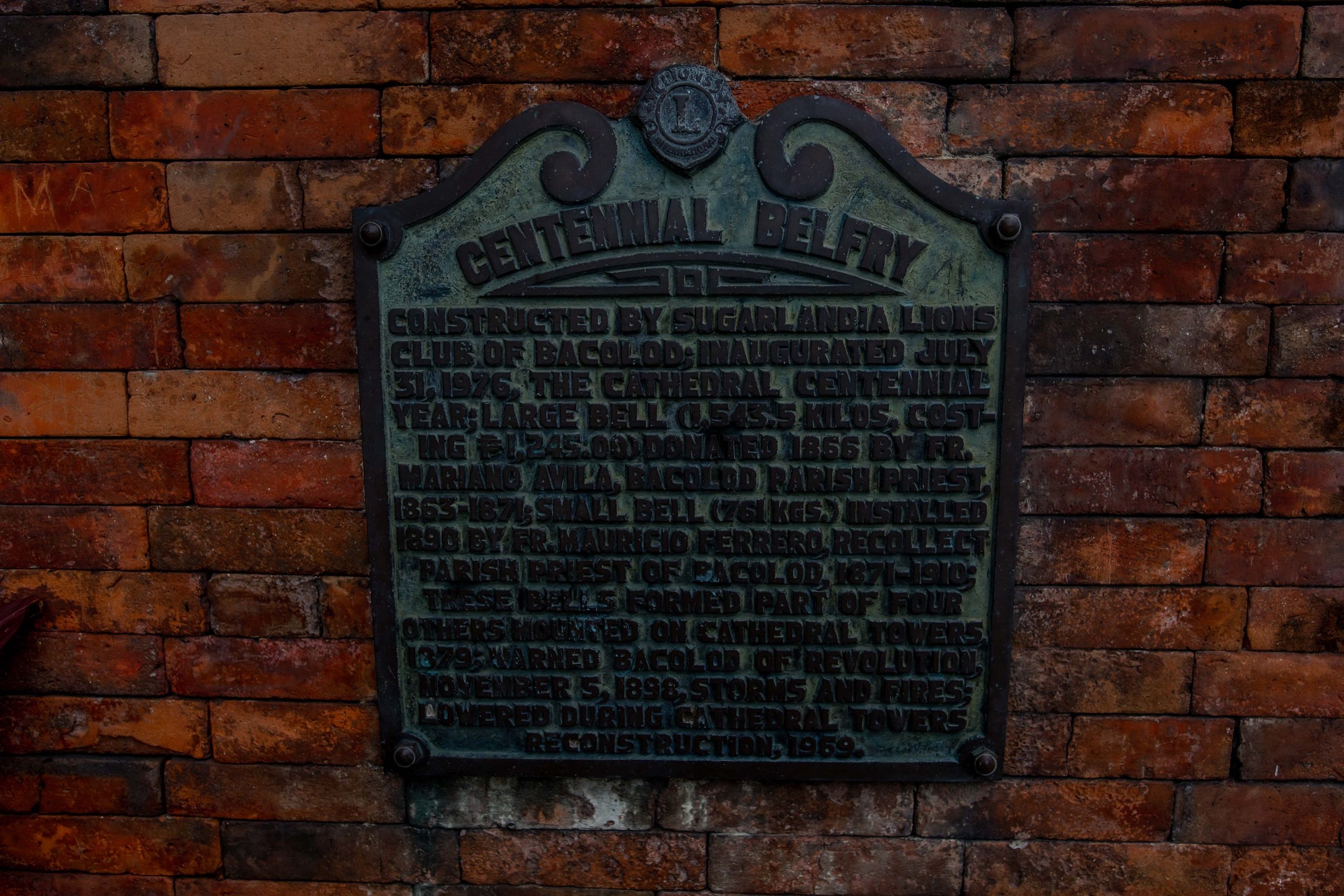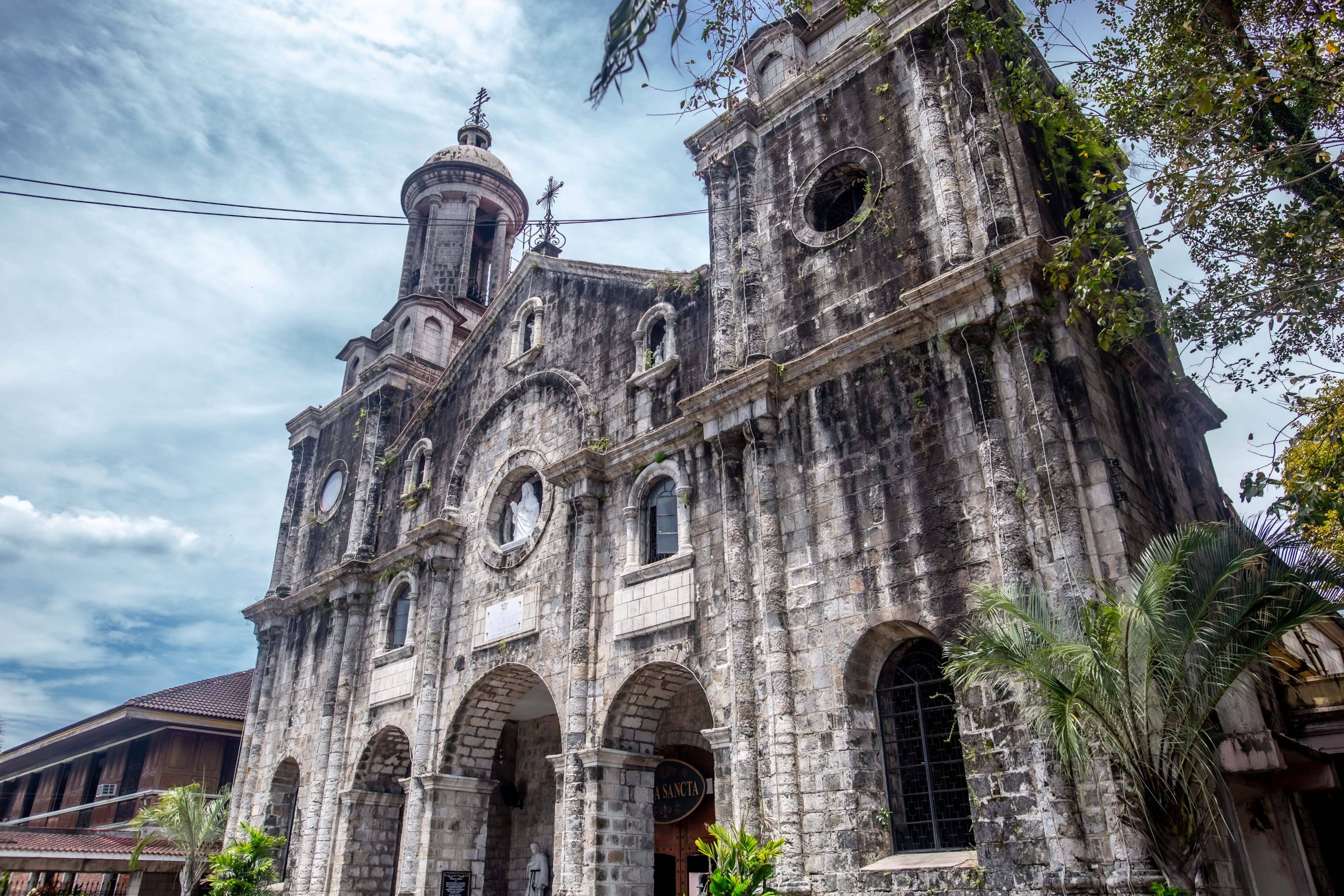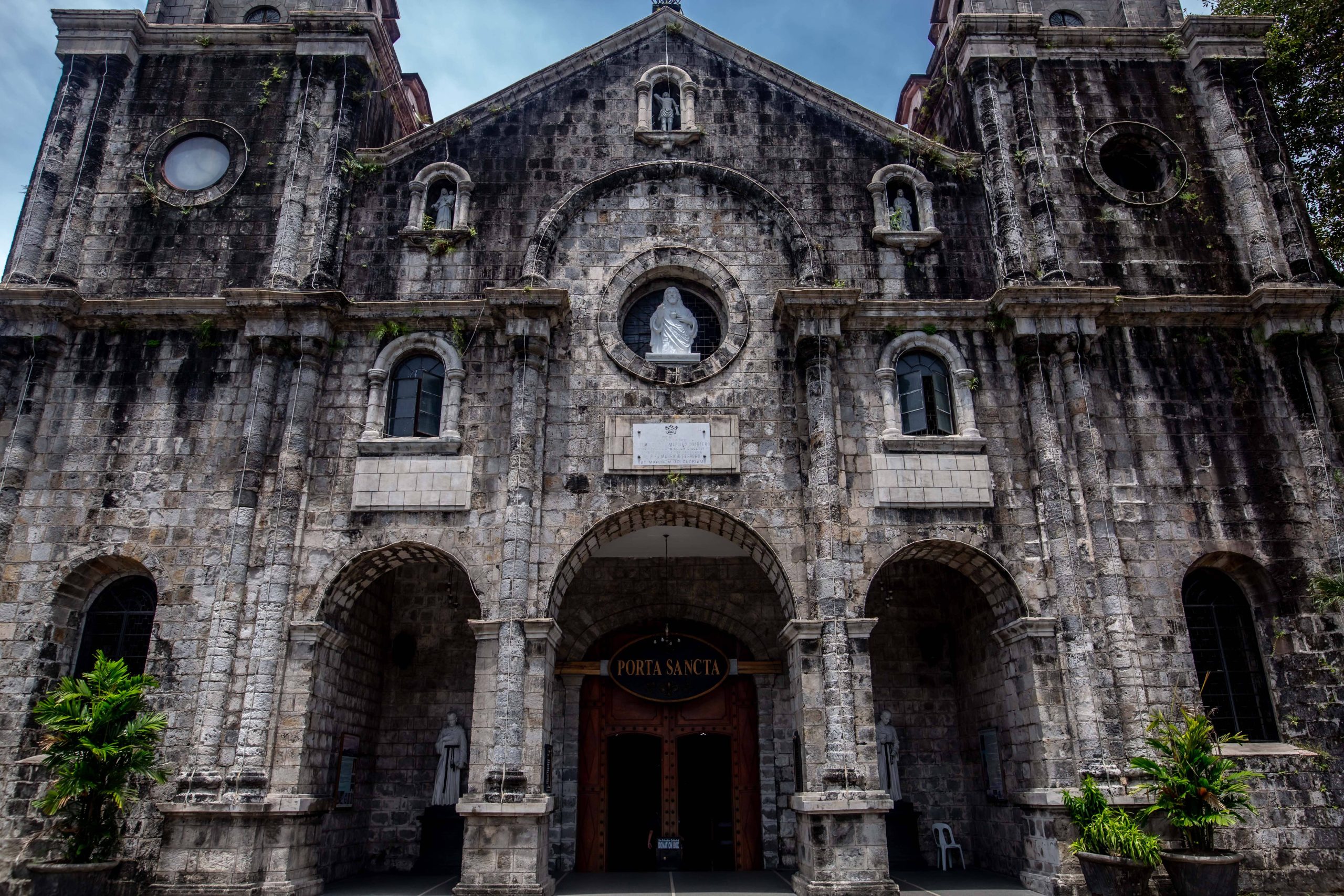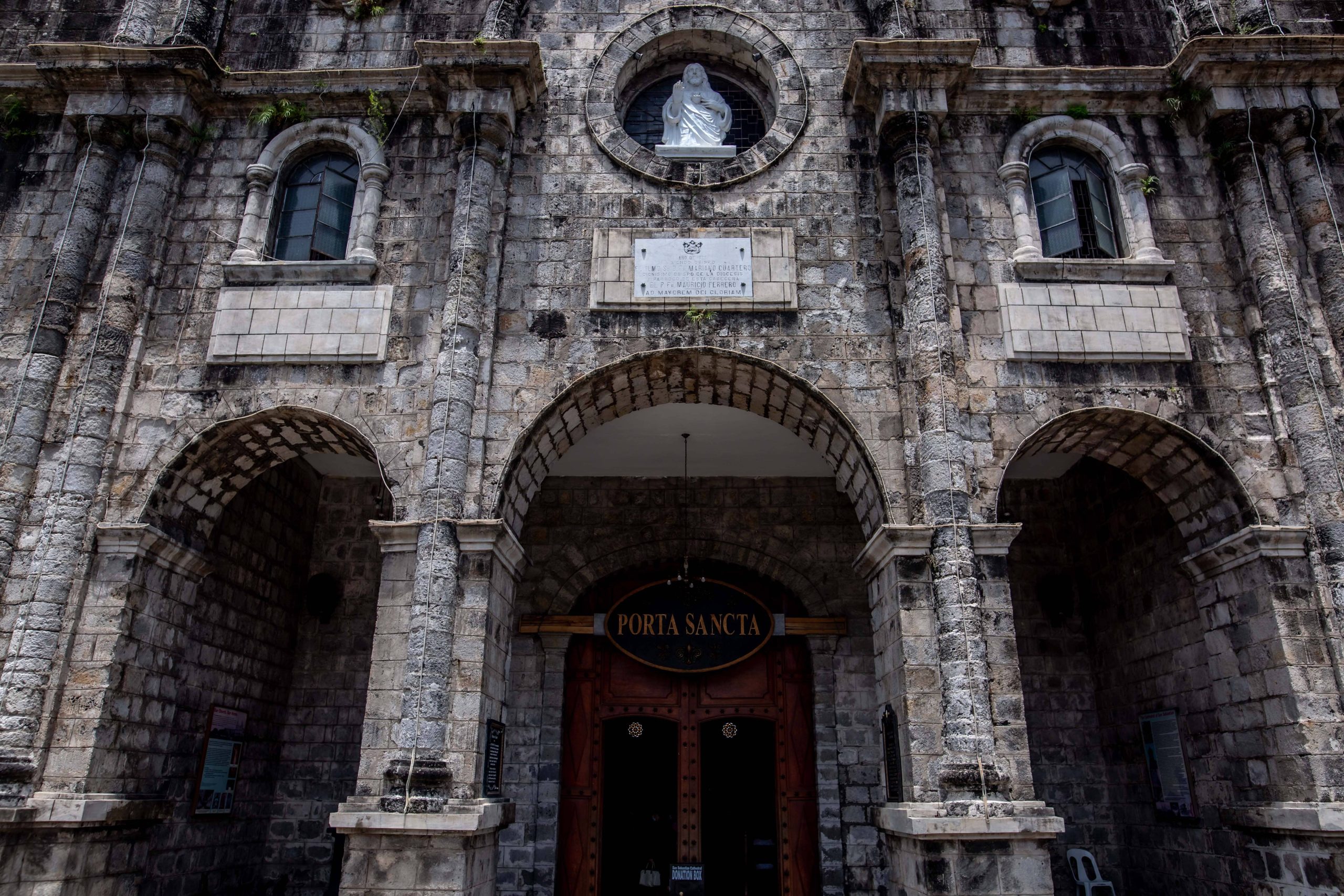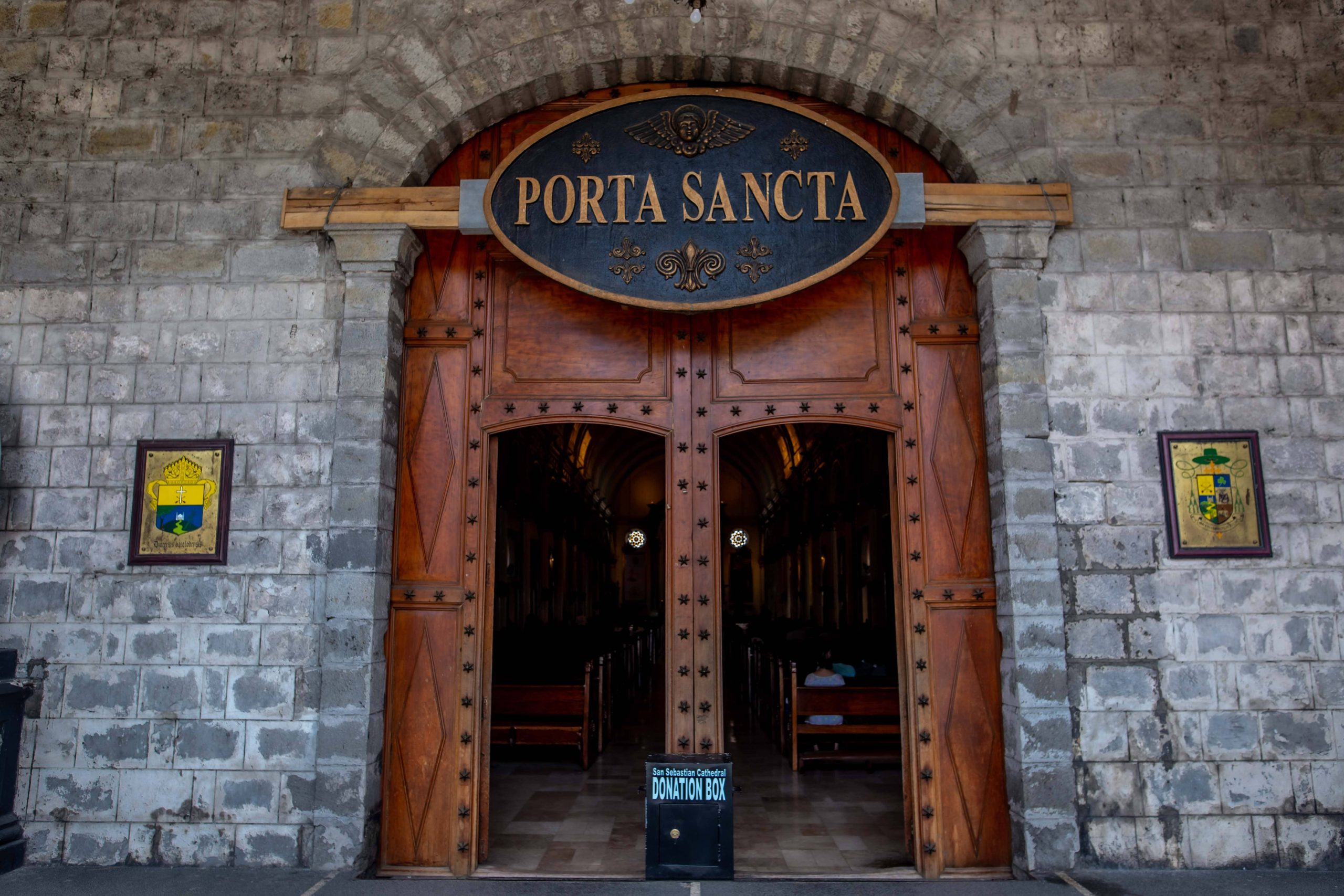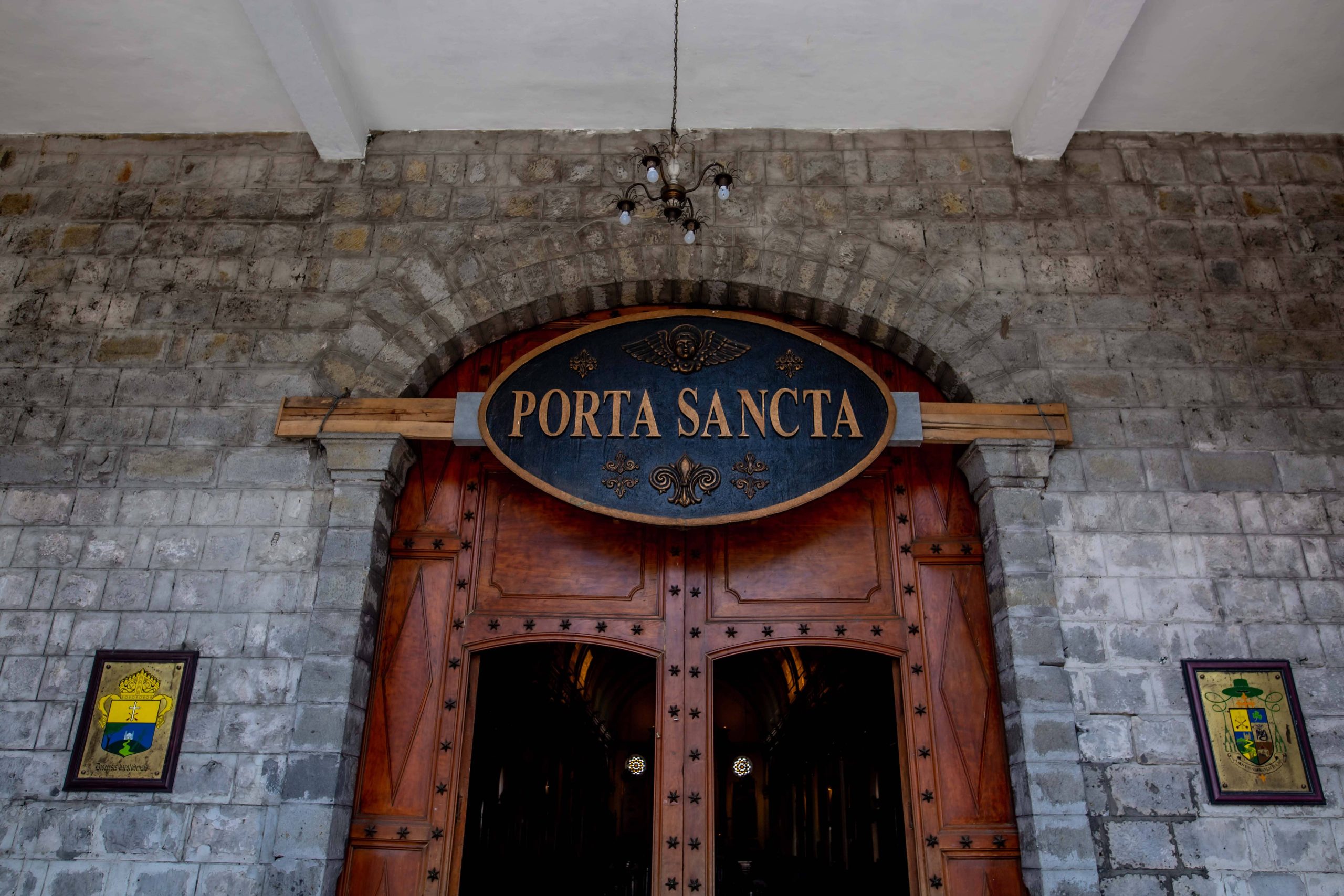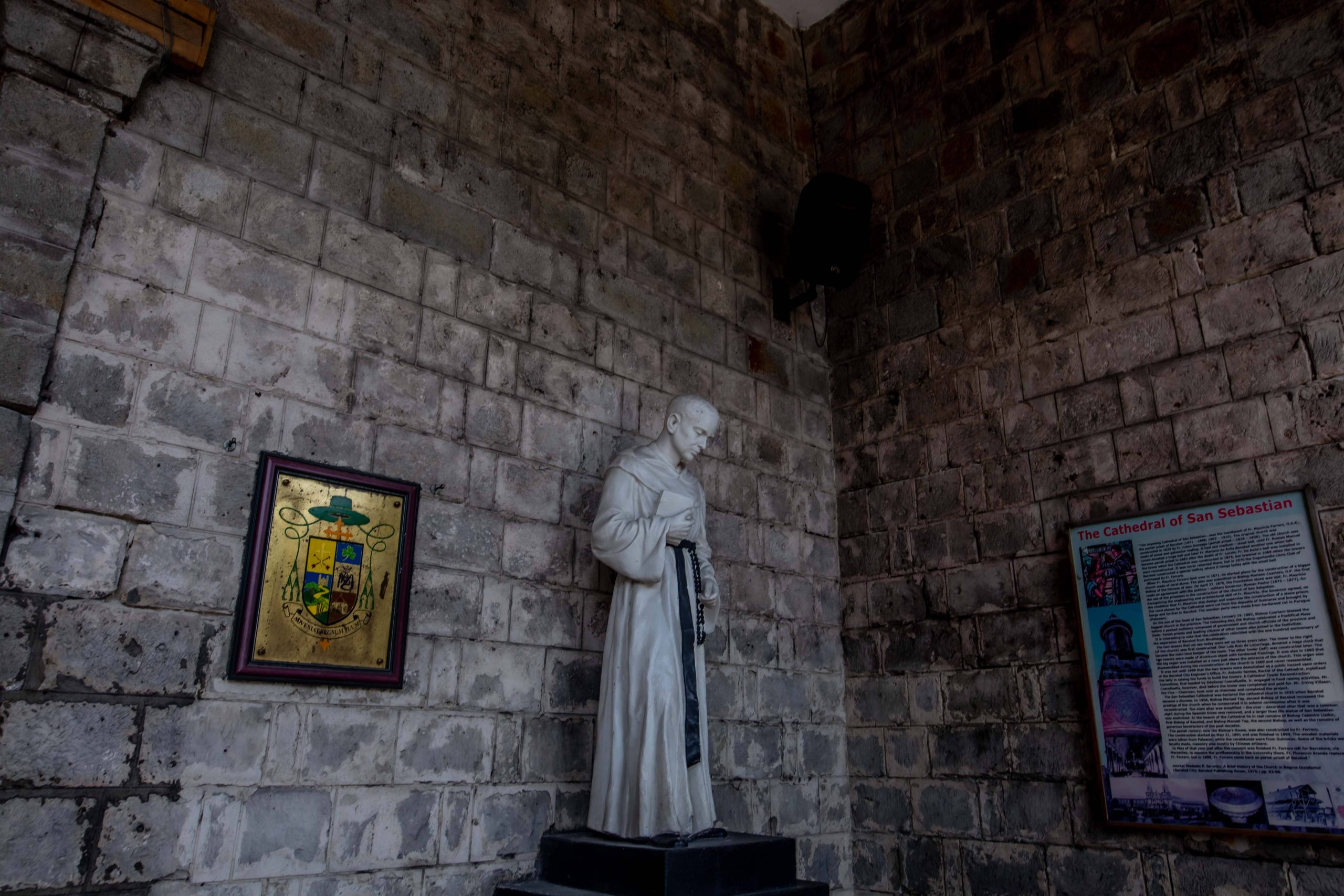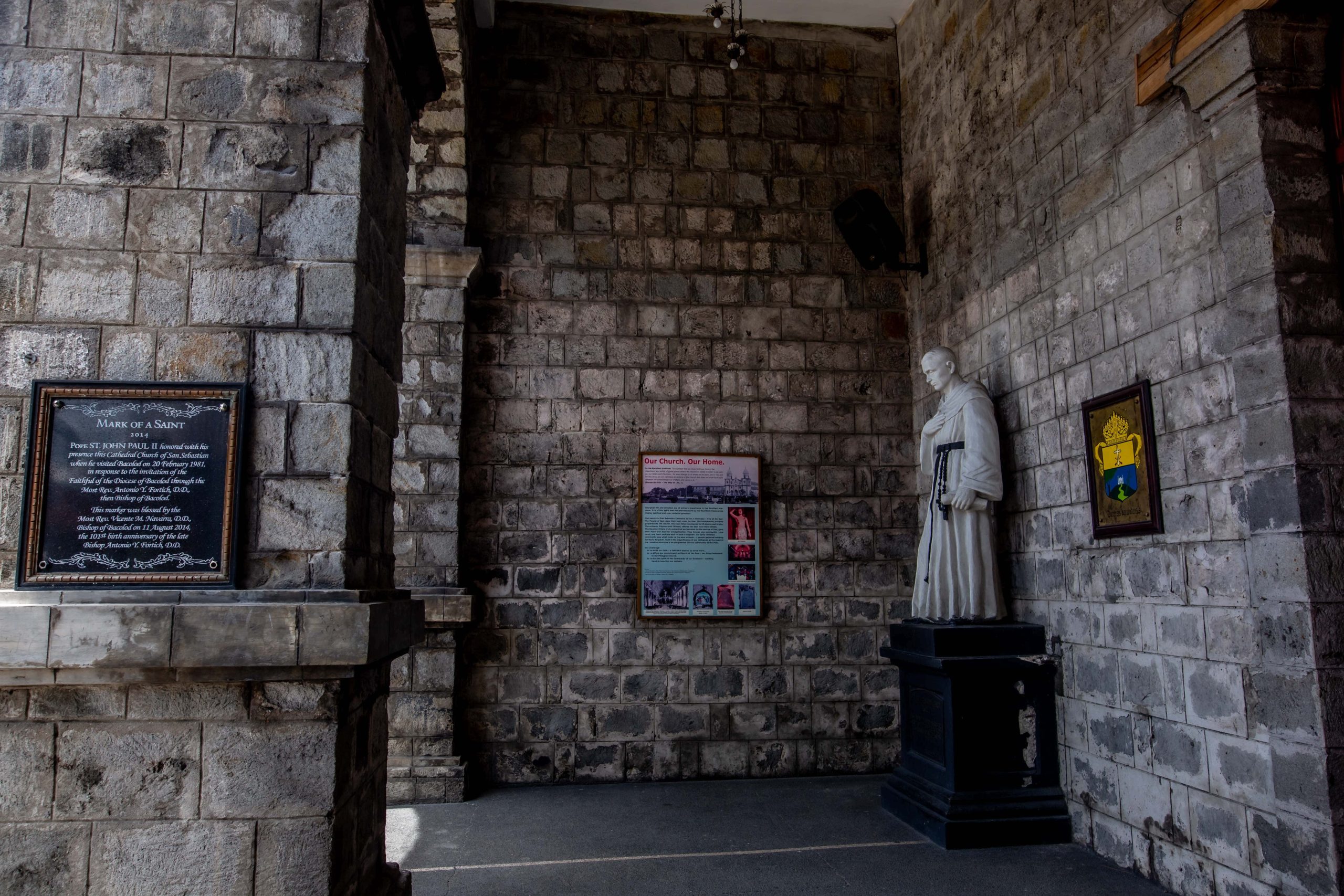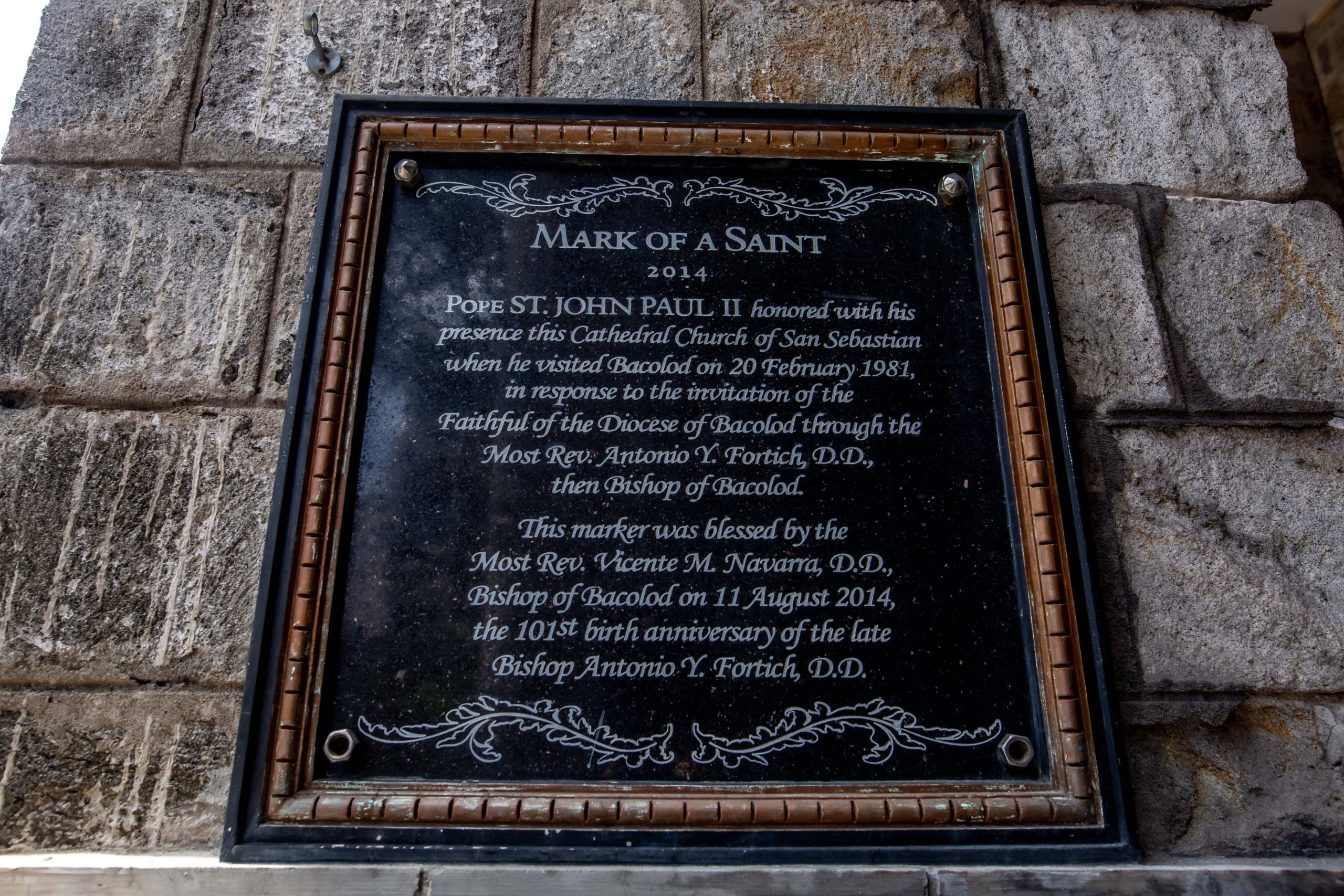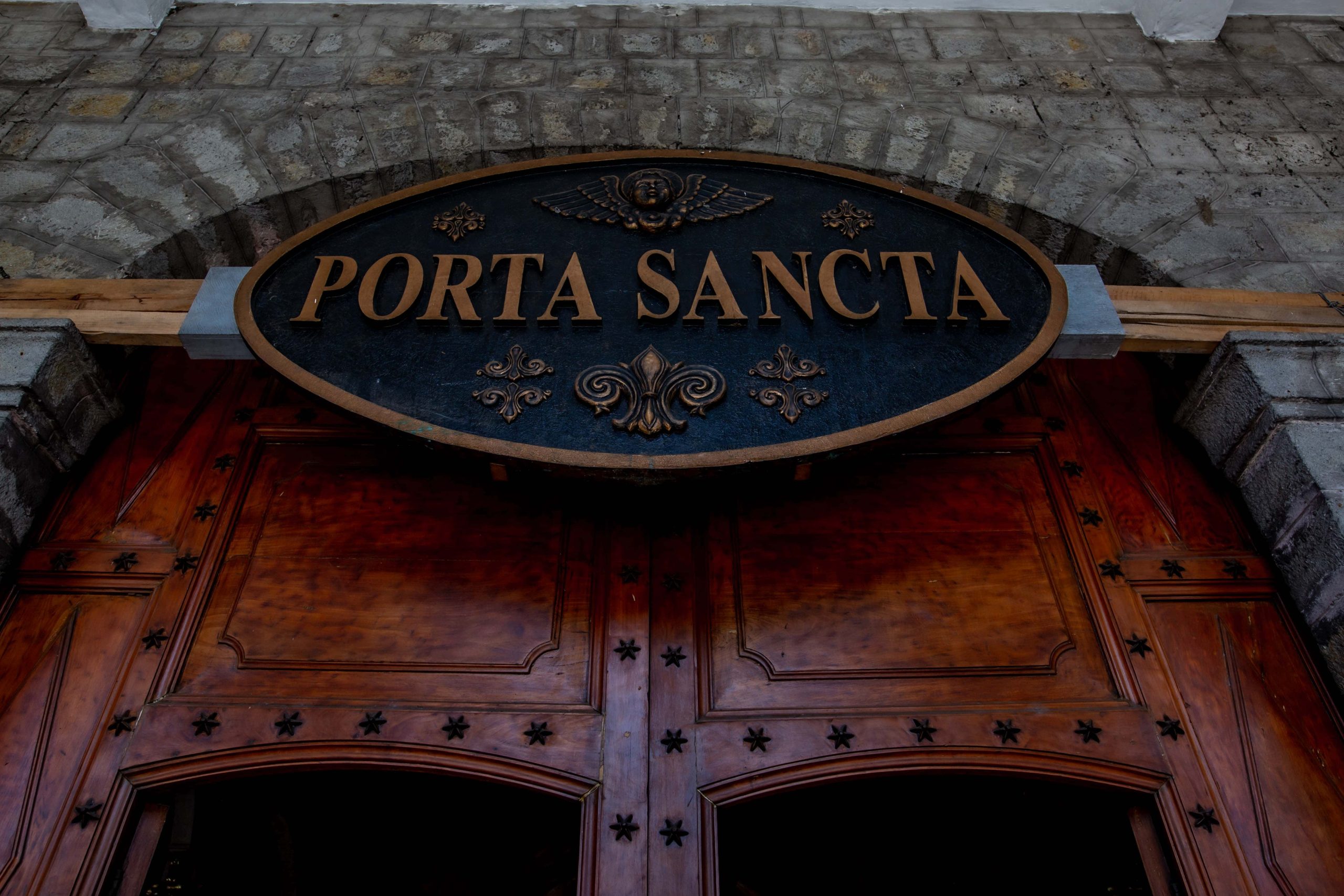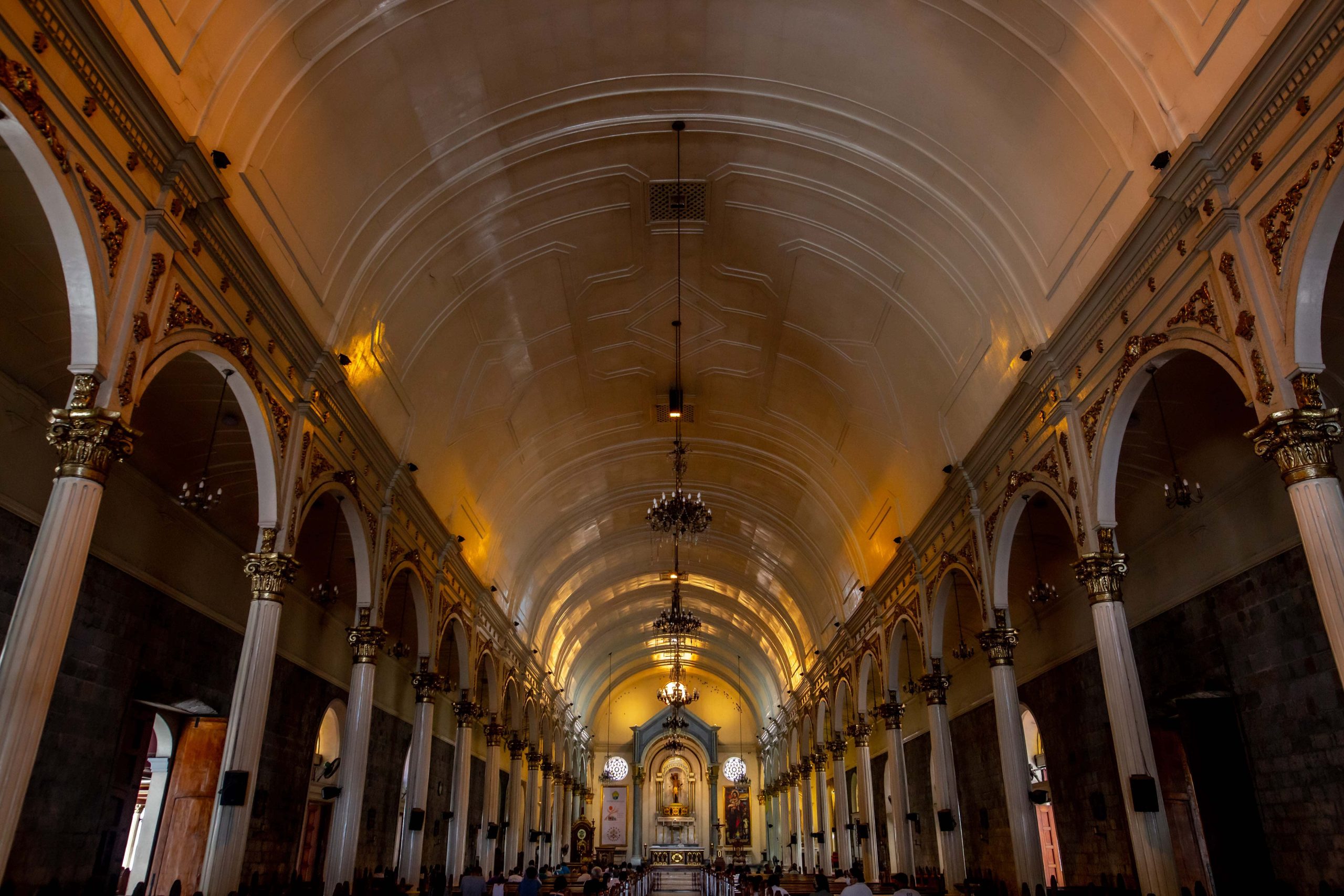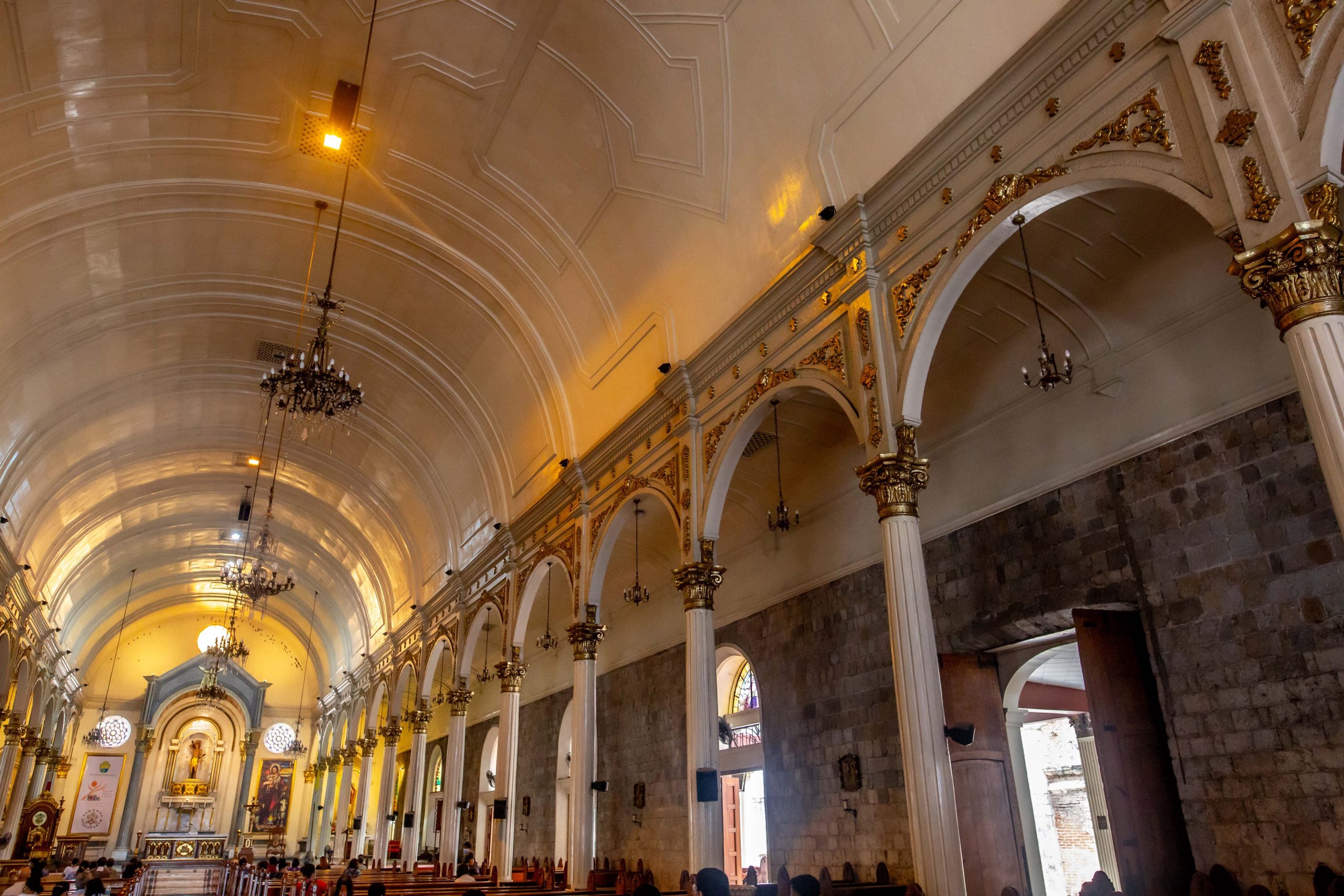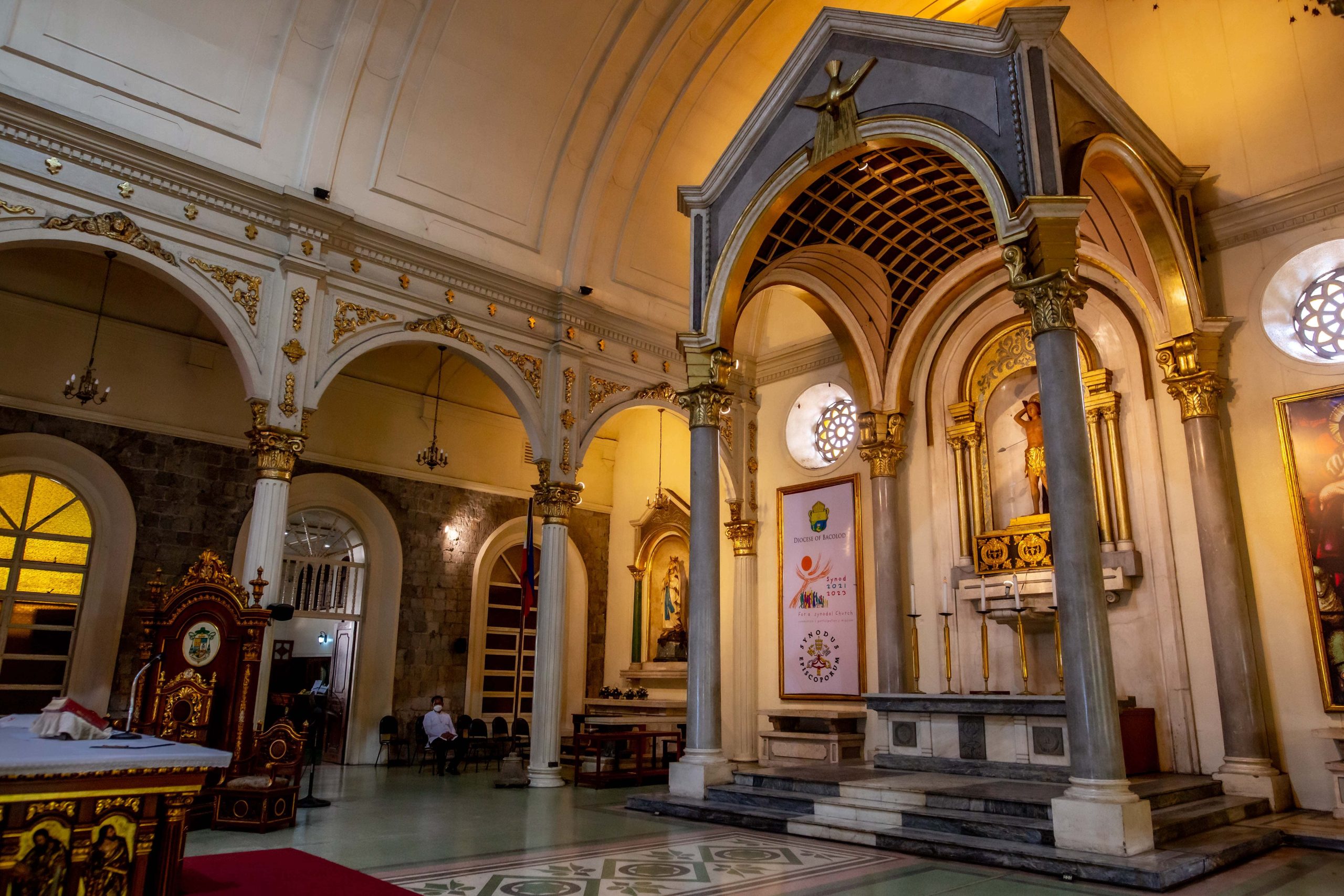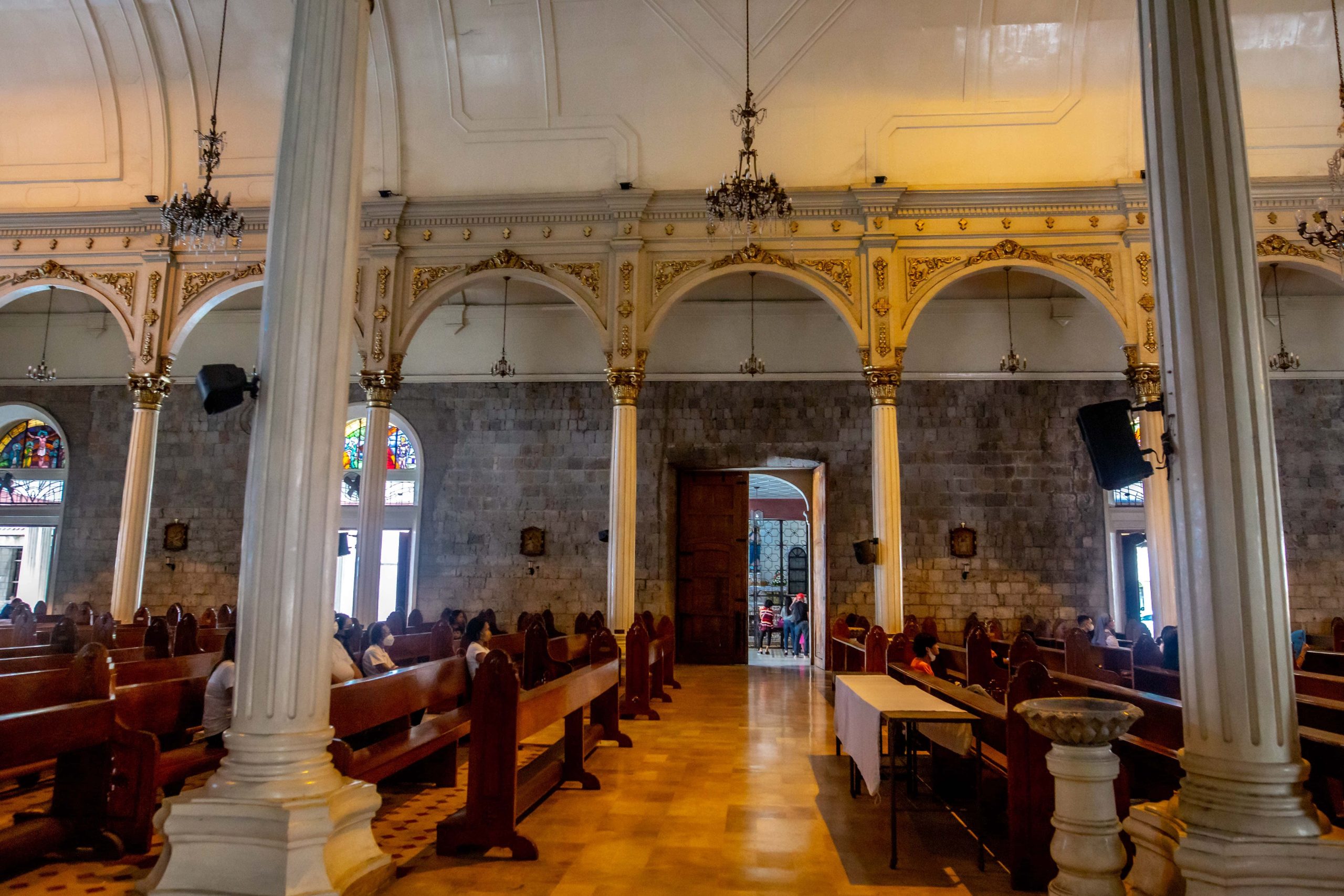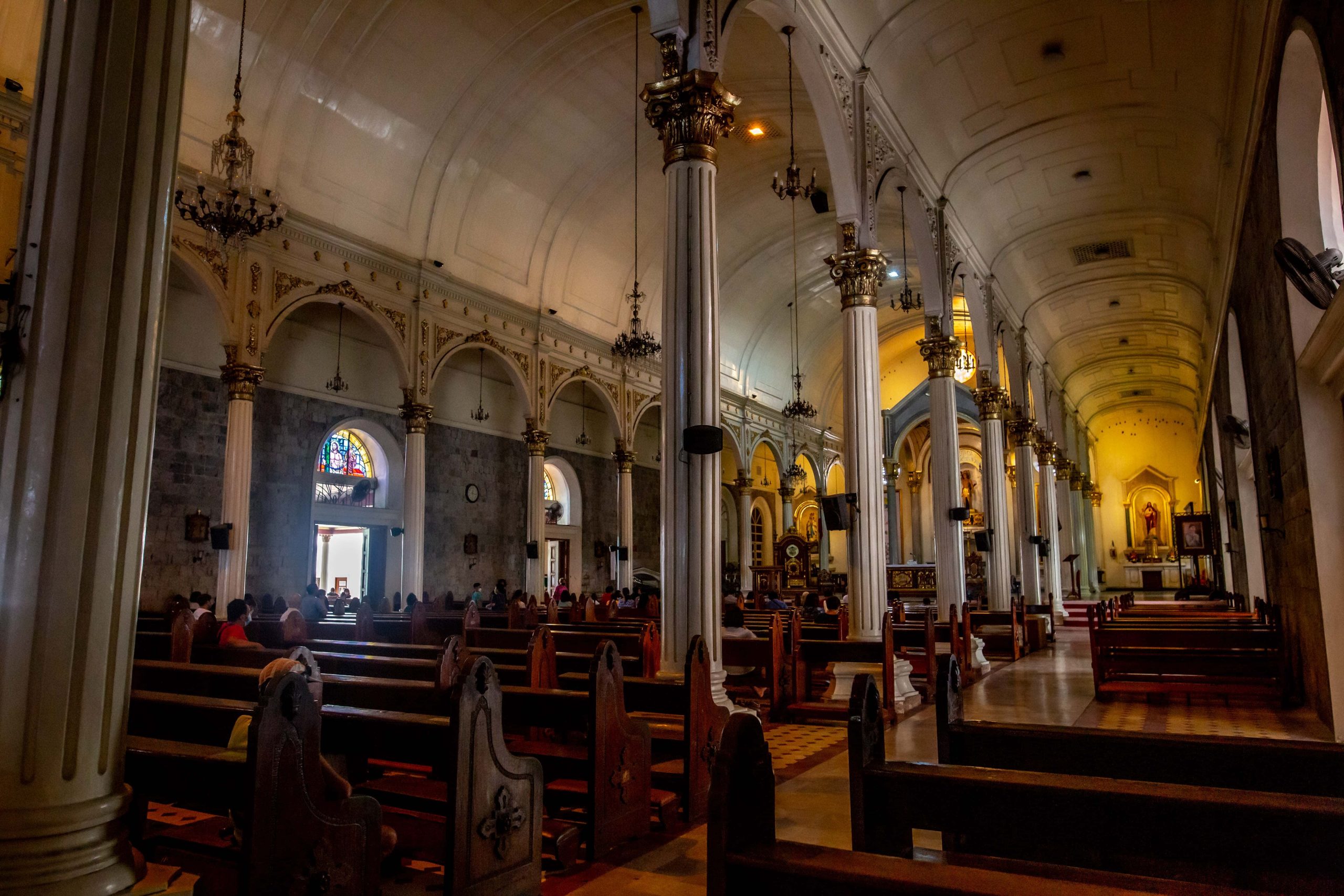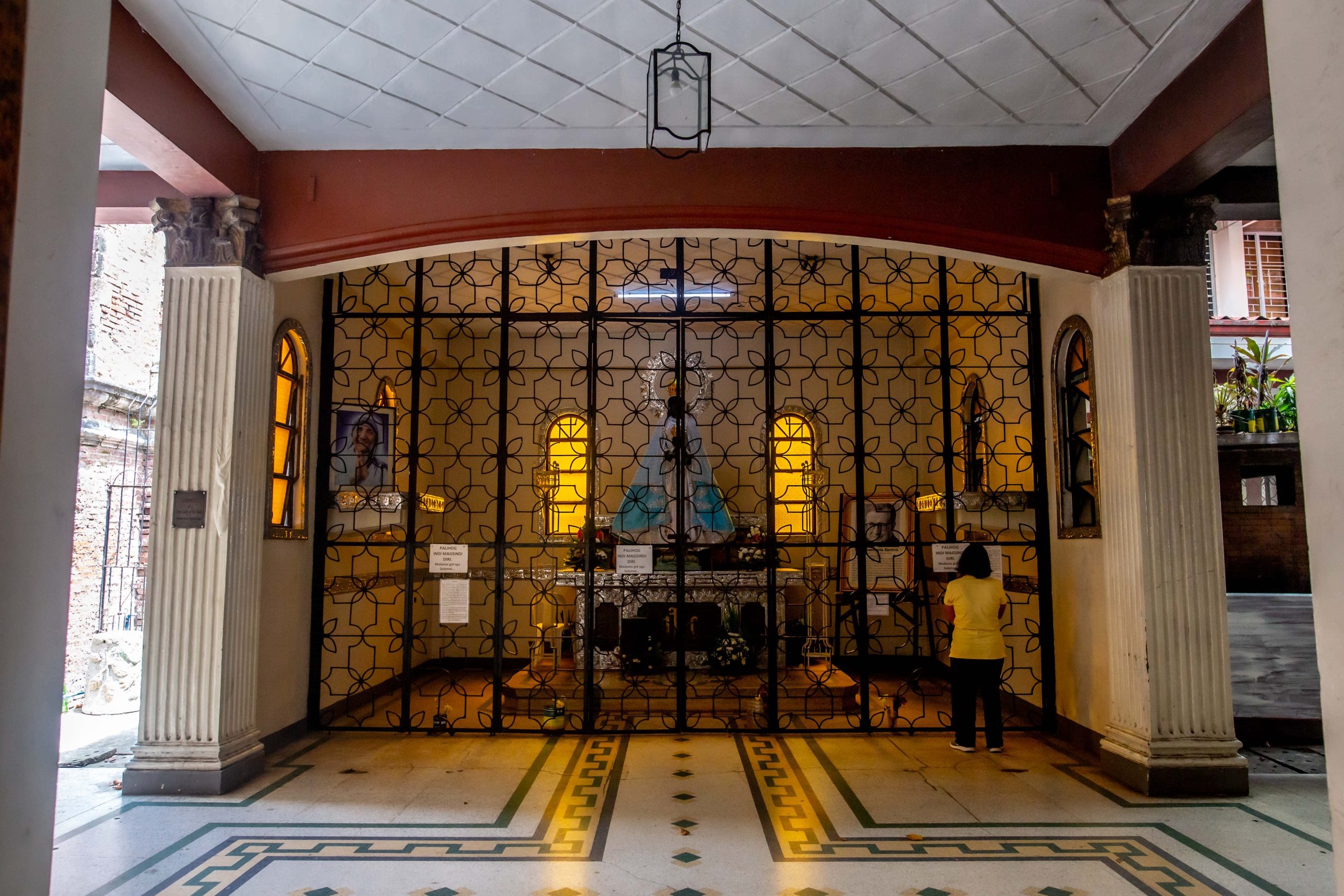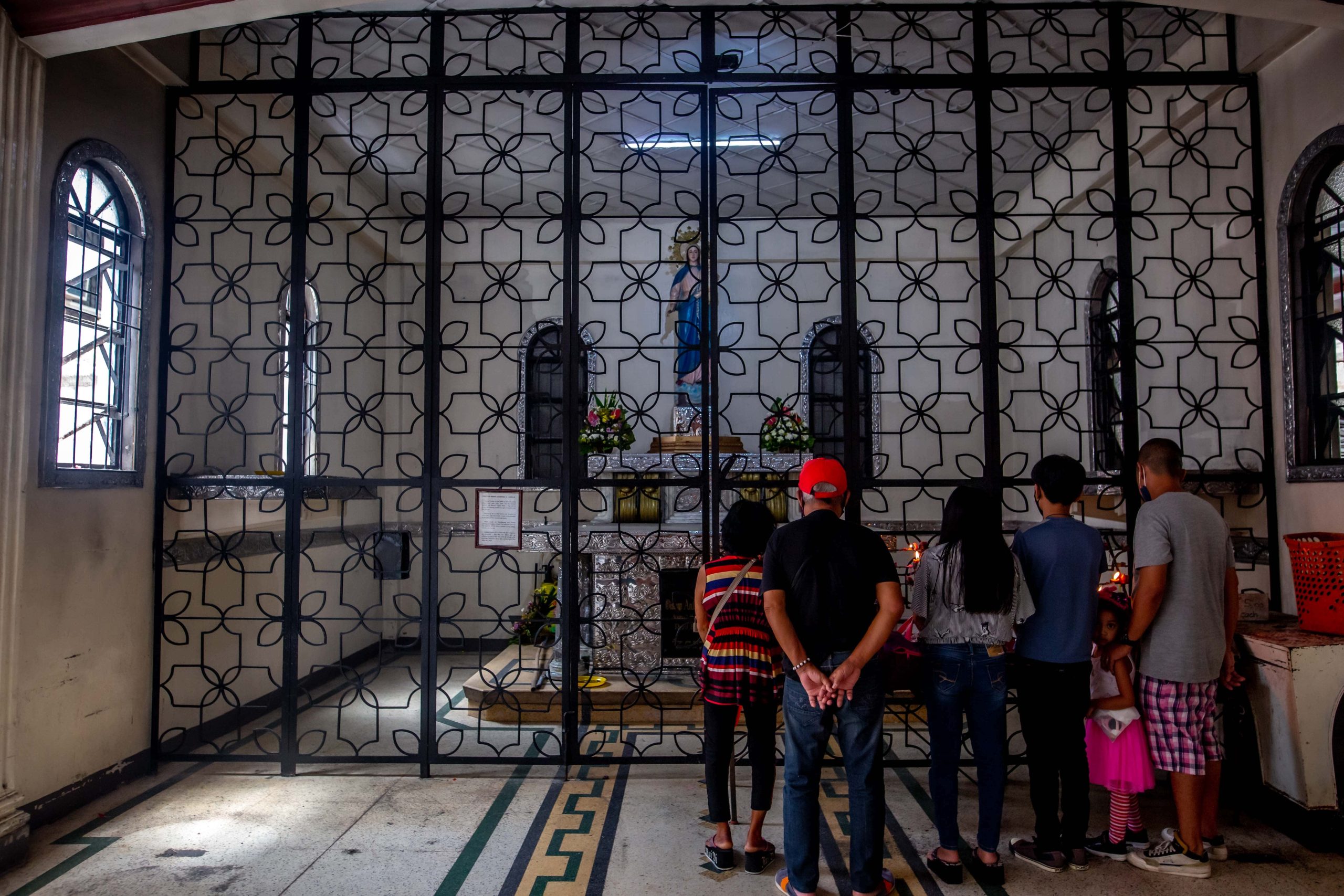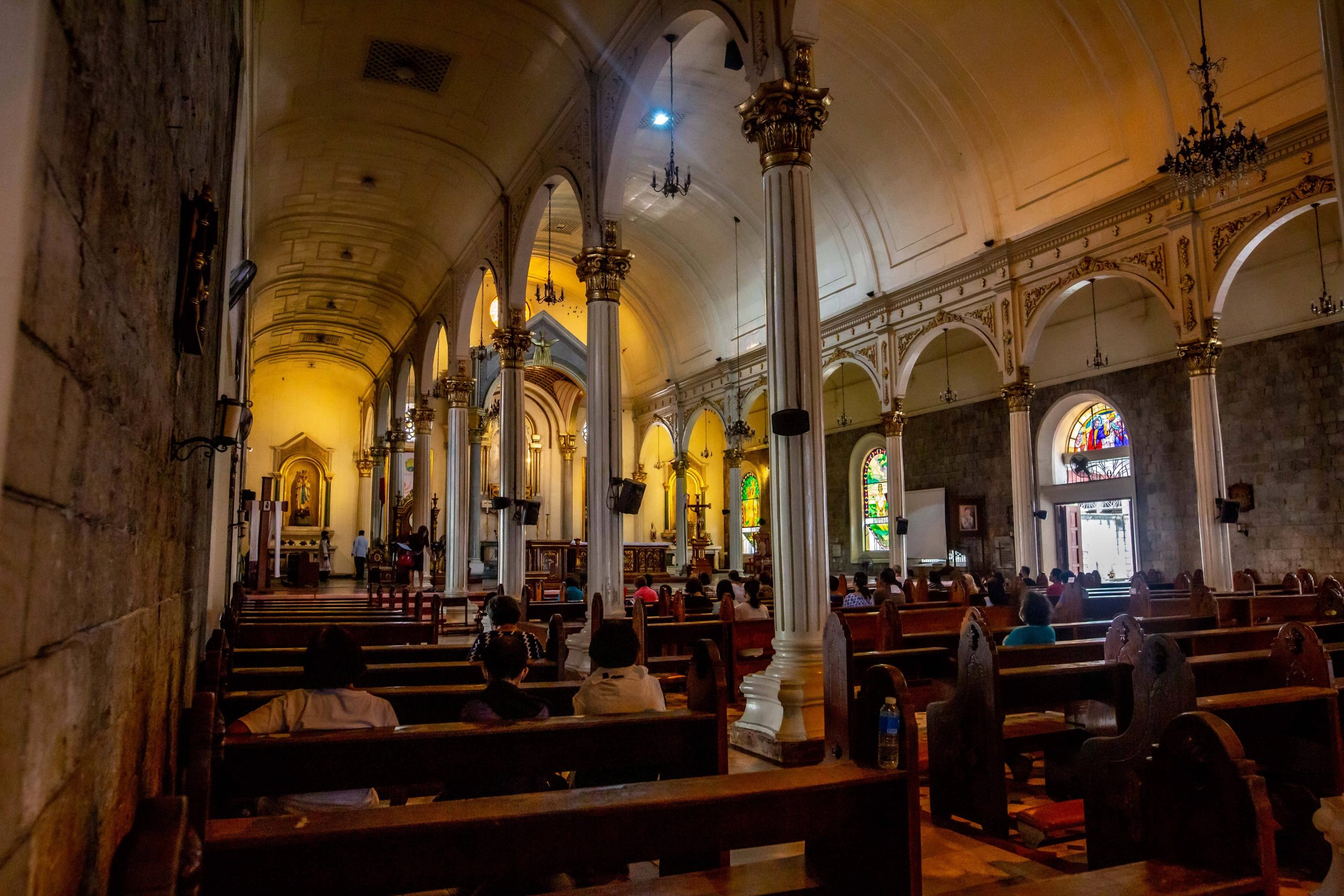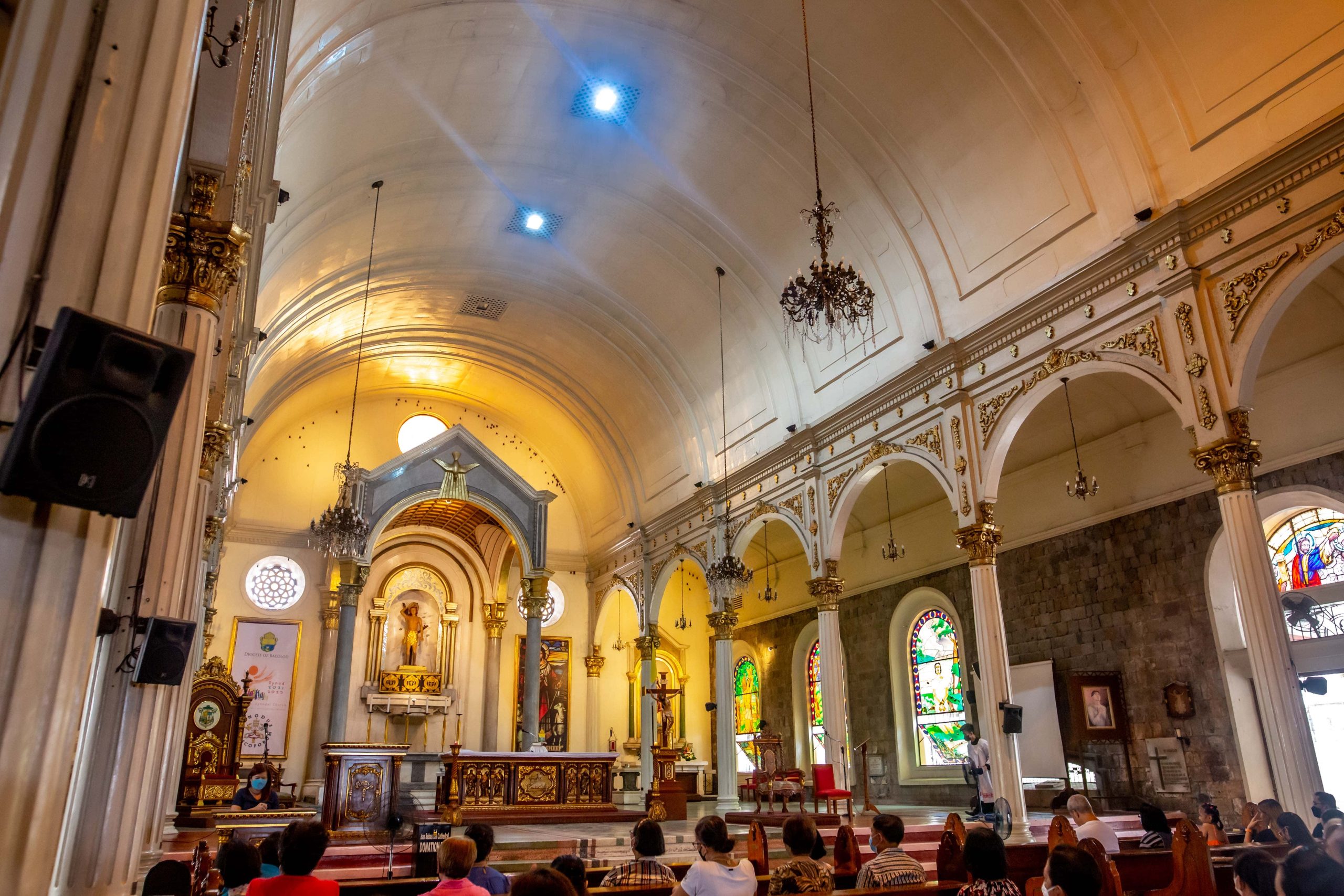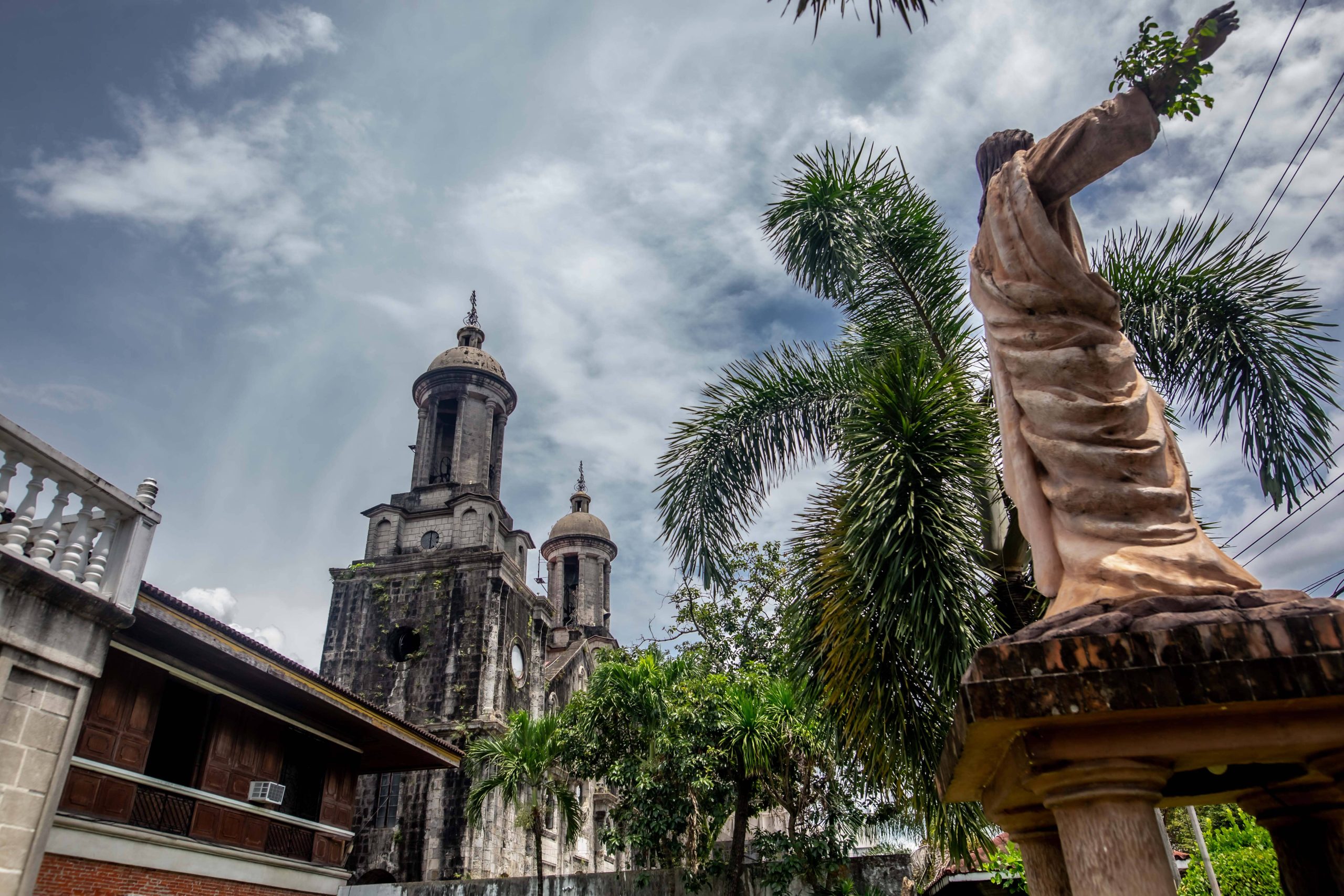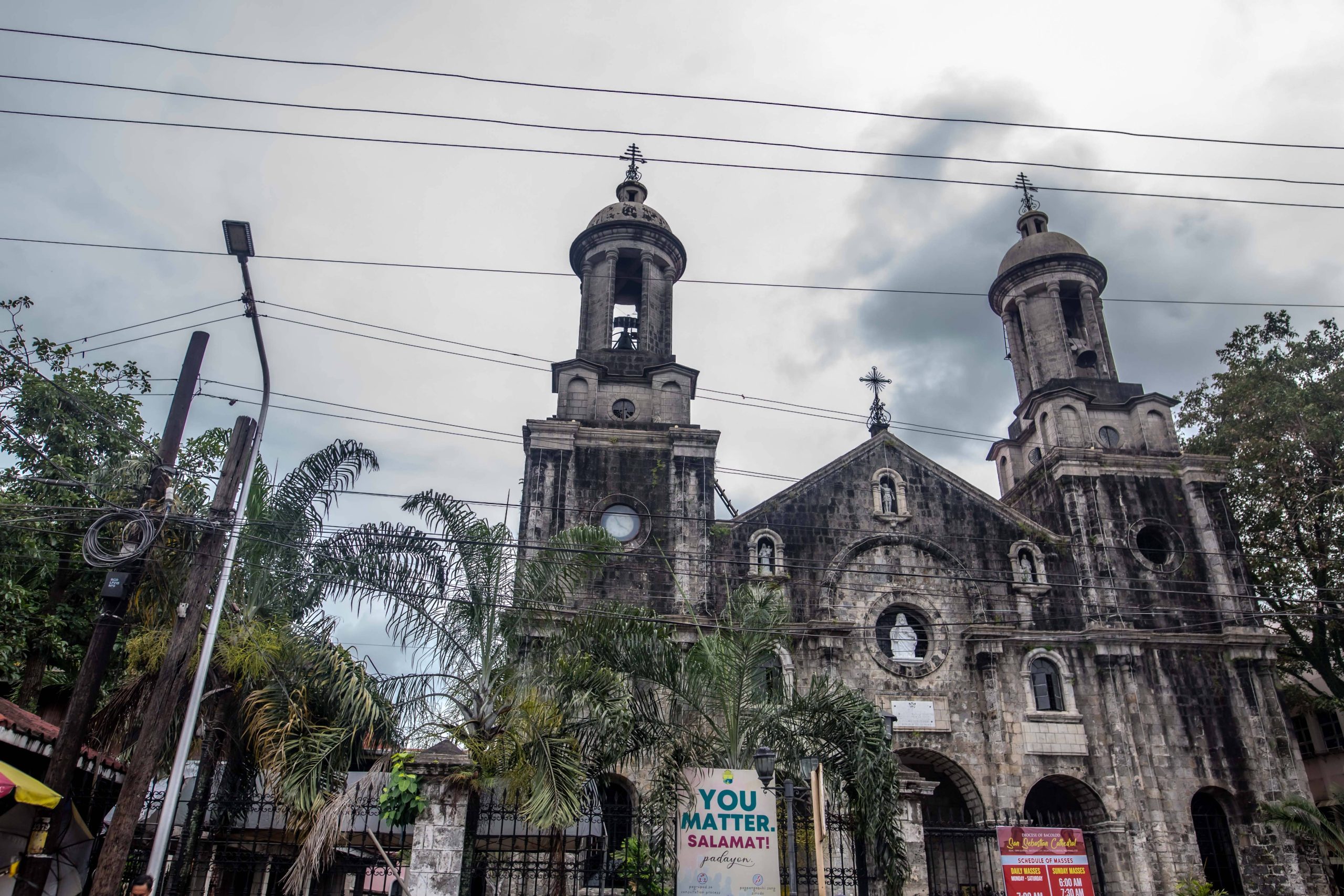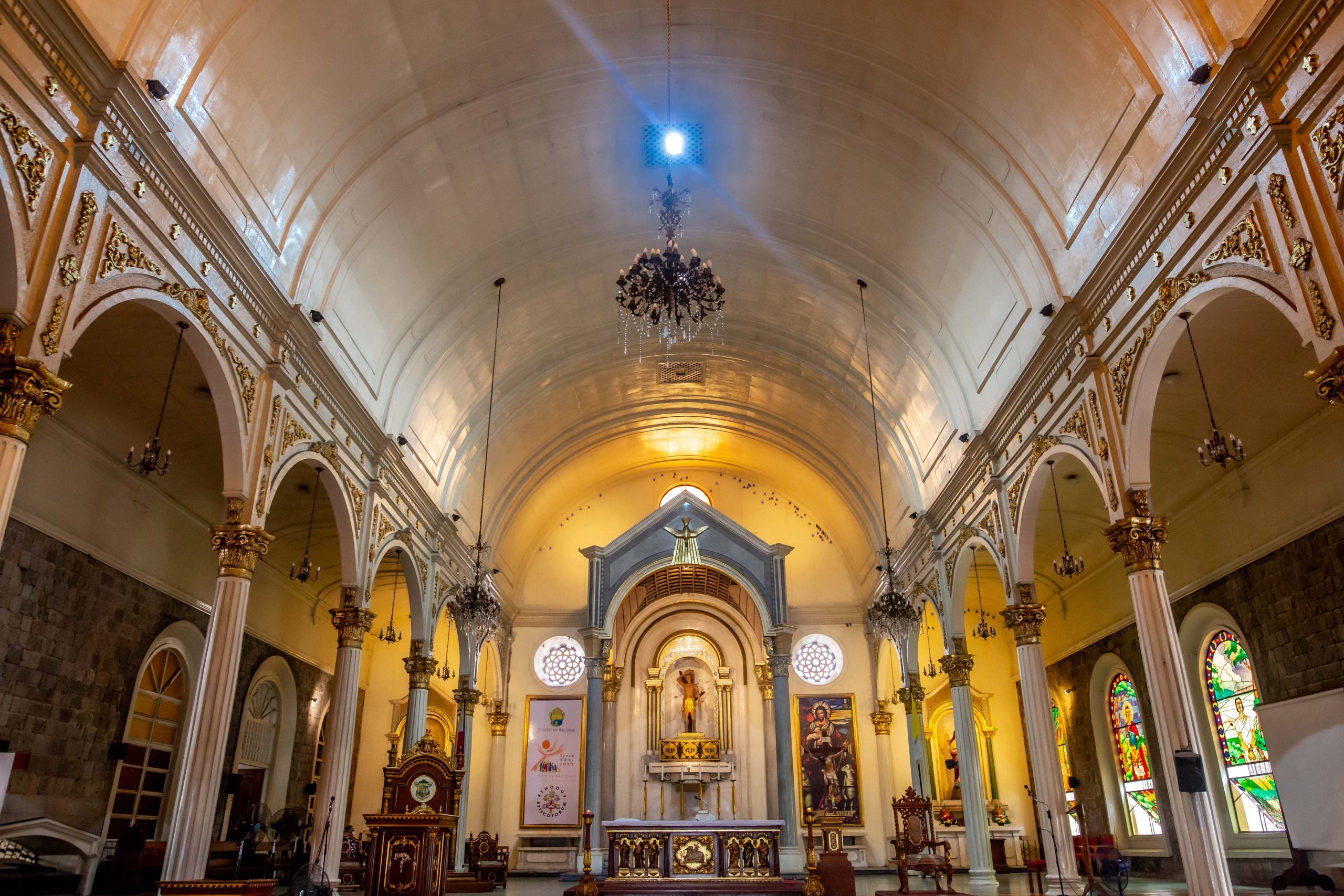
Considered as the seat of the Roman Catholic Diocese of Bacolod, San Sebastian Cathedral traces her story in the 1700s during the time of the early Christian Missionaries and the intense attacks being lodged by the Moro pirates in a village called Magsungay which later became San Sebastian de Magsungay. The first parish priest of the village, Fr. Leon Pedro was appointed as the first parish priest of the village and in the latter years Fr. Juan Gonzaga from Barcelona, Spain visualized the construction of the church which was started in 1825. It started as a wooden church with galvanized iron roofing.
In April 27, 1876, Fr. Mauricio Ferrero, OAR initiated the reconstruction of the church using prison labor then facilitated by the politico-military governor Roman Pastor who eventually asked Fr. Ferrero to design the old Provincial jail. Using coral stones from Guimaras for the main structure and hard wood from Palawan, the San Sebastian Church was erected to its original for today. In 1885, the two bell towers of the church were constructed. In 1933, Bacolod became a diocese and the church was declared a cathedral. Renovations were made in the latter years and on March 7, 1956 the cathedral was consecrated by Bishop Manuel Yap.
The San Sebastian Cathedral is named in honor of Saint Sebastian, an early Christian saint and a martyr known in the country as San Sebastian. It houses a rectory where the current bishop lives and a columbarium that houses the remains of two of the diocese’s bishop, Bishops Casimiro Lladoc and Manuel Yap along with the benefactors of the early church.
San Sebastian Cathedral is located at the heart of Bacolod City or in its original location in the early 1700s, the bakulod or hilly and elevated part from which Bacolod is said to have gained its name.




